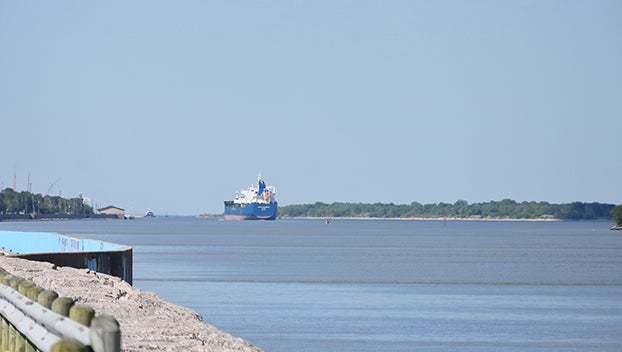Christmas flatfish will abound as temps change
Published 11:36 pm Monday, November 23, 2015
We are coming to the latter part of the fall flounder fun.
And by the middle of December, most flounder will be in their Gulf spawning grounds.
The key word here is “most” because there are flounder that stick around during winter especially in the Galveston Bay complex. For the next two weeks, the typical flounder holes will work, but you might need to expand your reach a little bit as temperatures cool.
Anglers should consider targeting mud flats adjacent to the ship channel. Deep water access is always good during the winter period. In addition, shallow mud flats have dark mud that retains heat on sunny days and the increase temperature draws in fish.
They do not move around much when the water is warm, so with their metabolism low, they typically stay on the flat’s side of the drop off and I believe this serves to purposes. First, it fits their lazy nature. They do not have to move far.
Secondly, when the tides are both rising and falling, it gives the flounder a place to intercept baitfish going to and from the deep. Tides are the No. 1 crucial issue in flounder fishing because they almost totally rely on them to bring baitfish to them. In these areas, it is no different.
In researching my book “Flounder Fever,” I interviewed several guides I know who target trout in these areas in the winter. Each of them said they have incidentally caught flounder all over the flats but did say they caught the most near the drop-offs and also bonding to any structure on the mud such as small oyster reefs.
Stick with slow-moving lures in these areas such as the Corky, which is what most of the anglers that I know use for trout there. Also, consider the DOA Crab, which is a good lure to move across the bottom at a snail pace. Crabs are an important part of a flounder’s diet during the winter and are an overlooked food source to target.
The Entergy Outfall Canal can produce good catches in cooler weather.
Baitfish congregate here during cold spells, making it a sort of buffet for a host of flounder that winter in the bays. Flounder often sit down current and can be found in eddies that form near drop-offs. Small baitfish cannot negotiate current very well and they often are stuck in eddies. Flounder will stack up in these eddies and gulp up the shad, shrimp and whatever else ends up there.
Something to keep in mind is that even small flows from a single drainpipe can draw fish. They may not hold massive schools of fish for long periods, but even a slight change for the positive in water temperature can make a difference in cold weather. It is very important to look for the little things in these spots since very often that is all it takes to attract game fish.
If you can get your hands on live mud minnows, they are great this time of year for these warm water flounder. In addition, any shad or minnow imitation fished on a 1/8-ounce jig head in glow or chartreuse can be killer. I typically use ¼-ounce heads but during the winter will switch to something a bit lighter.
Right now most of the fish are concentrated around the passes like Sabine and Rollover.
In this area, fishing live mud minnows or finger mullet on a Carolina rig along the edges of the ship channel is the best move. Some anglers are starting to wise up to the fact that they can set out several rods with live bait, so that they can get more action as more flounder move through their area.
We still have a couple of weeks of the big fall run left, but after that there is plenty of action to be found for anglers who do not mind trying some different locations and methods.





